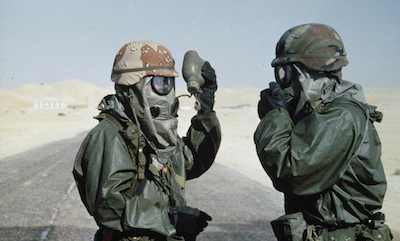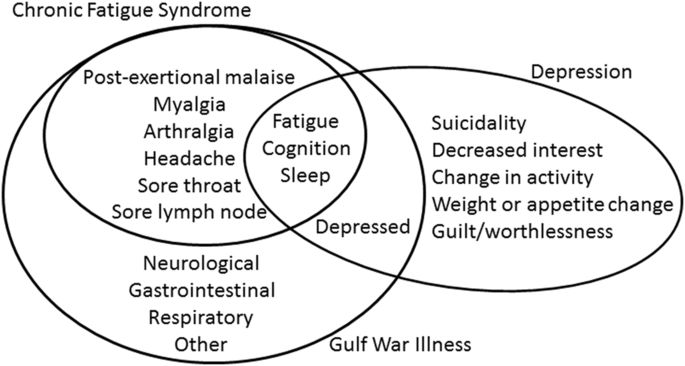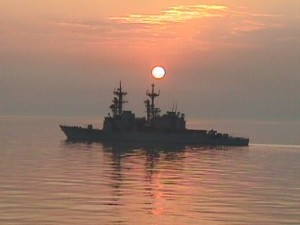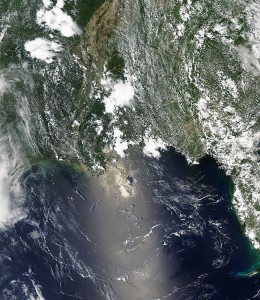Wow. It was a mind-bending day yesterday. I felt like I was Forrest Gump, suddenly plopped down in the middle of some unlikely scenario, bewildered.
I spent a leisurely Saturday morning at the lakehouse with the Naylors. We ate breakfast and got Hallie ready to go into the water. About the time Hallie was splashing with Kelly, I had to leave. I rushed out the door and headed back to Raleigh, needing to be at the airport at 2.
I made it back in reasonable time, showered, and ironed my “business casual” attire. I grabbed my cameras and frantically looked up the nearest cash machine. It was 1:15 and I hadn’t even eaten lunch. A call to Char Grill on the way from the credit union got my lunch going. I drove up to the airport gate just in time to finish my hamburger.
A tall, smiling man, just about my age, walked up and said hello. He was Greer Martin, son of D.G. Martin. I knew that smile looked familiar. Greer is an Army vet and was the only other vet there from my generation. He wants to follow in his father’s footsteps, so he’s running for office: N.C. House. We got along well.
I joined the other vets under some trees outside the gate. Handshakes went around. The Navy was well represented, which impressed the Army vets there. I shook hands with Jack Flynn, a retired Navy senior chief who is running against Sue Myrick in Charlotte for N.C. Senate. He came prepared with campaign frisbees and clever “I back Jack” stickers. He worked on tenders during the first Gulf War and seemed to recall working on the Elliot. He went through the precursor of the ECS program (where enlisted sailors can become officers), but blew the whistle on his crooked commanding officer and wound up being cheated out of his comission. He was one of the few enlisted sailors who’d graduated from Officer Candidate School. Reminded me how the Navy Takes Care Of Its Own.
Keith Cook, a friendly retired sargent major, was also running for office. He’s been on the school board for over ten years and wanted to add another term.
Katie Peck, the campaign contact, greeted us and gave us our marching orders. Two rented minivans pulled up to take us into the secure airport area. We welcomed the seats and the air conditioning (it was a sweltering, 90+ degree day).
Wade was my driver. He lives in Colorado but is orginially from North Carolina. He was a volunteer for the Edwards campaign, but was on vacation when he got a call asking him to help with the day’s appearance. Wade agreed and thus became a great host to us.
A pair of reporters from WRAL approached the van and asked us if we were the veterans. Before Wade agreed, he wisely asked his boss, the event organizer, for permission. The reporters would have to wait. We drove the vans inside the gate and pulled them to the side. A Secret
Service agent soaked in sweat politely asked us to step out and get “wanded.” Thanks to the security paranoia now gripping the country, this seemed absurdly routine to me. Then it was back in the van to wait a little more.
The head of the security detail and the event organizer gave us printed sheets with “17” and “Veterans 1” to put in the windshield. The security head briefed the driver on what to do. The motorcade would pull out. We were to wait until there was a gap in the traffic and then pull in. For now, though, we were to pull up beside the hanger and
wait.
We shared service stories and got to know one another while we cooled our heels in the van. The event head soon knocked on the window. “We’d like to get some veterans to meet with reporters, if you’re willing.” The three political candidates in the van were out like a shot! When I realized the exodus that had just taken place, I stepped out of the van to be told they’ve “already got enough, thanks.” Which was fine with me, since I didn’t wish to be interviewed.
The rest of us wandered into the hanger. There were dozens of police motorcycles lined up at the other end and a few corporate jets on our end. We watched John Edwards’kids check out WRAL’s Sky 5 helicopter, standing on the platform and scrambling all around.
The Edwards kids were absolutely adorable. Jack is 4 and Mary Cate (?) is 6. Both had backpacks on and were being minded by a young woman assume was their older sister. She seemed to be running out of things to keep them occupied.
The security staff asked us to wait in the van, so it was back outside for us. The campaign press plane landed soon afterward, which was the cue for us to go wait inside. We gathered in the stifling offices of Piedmont-Hawthorne’s hanger and sweated and chatted while we waited for the campaign plane to arrive.
(to be continued)




